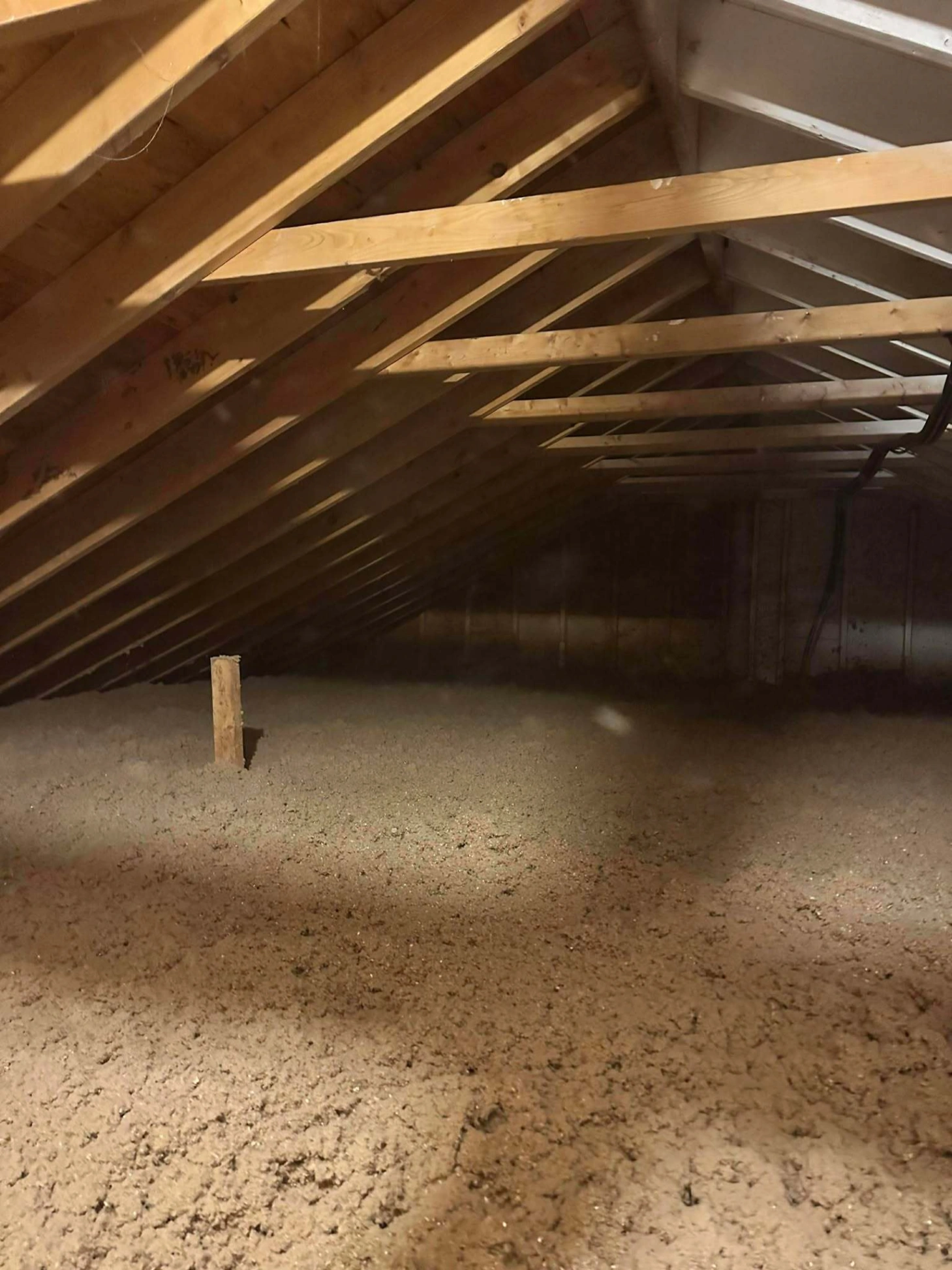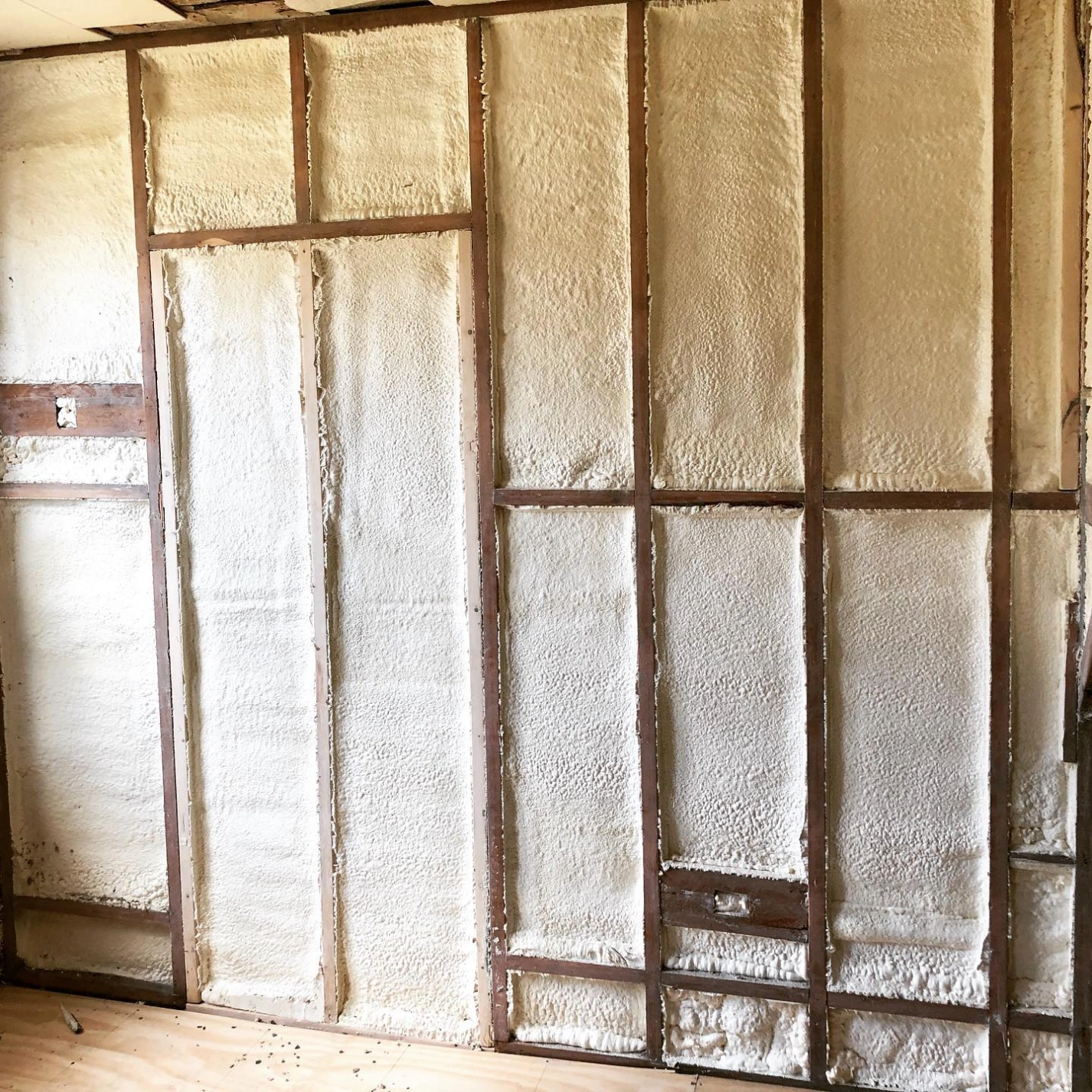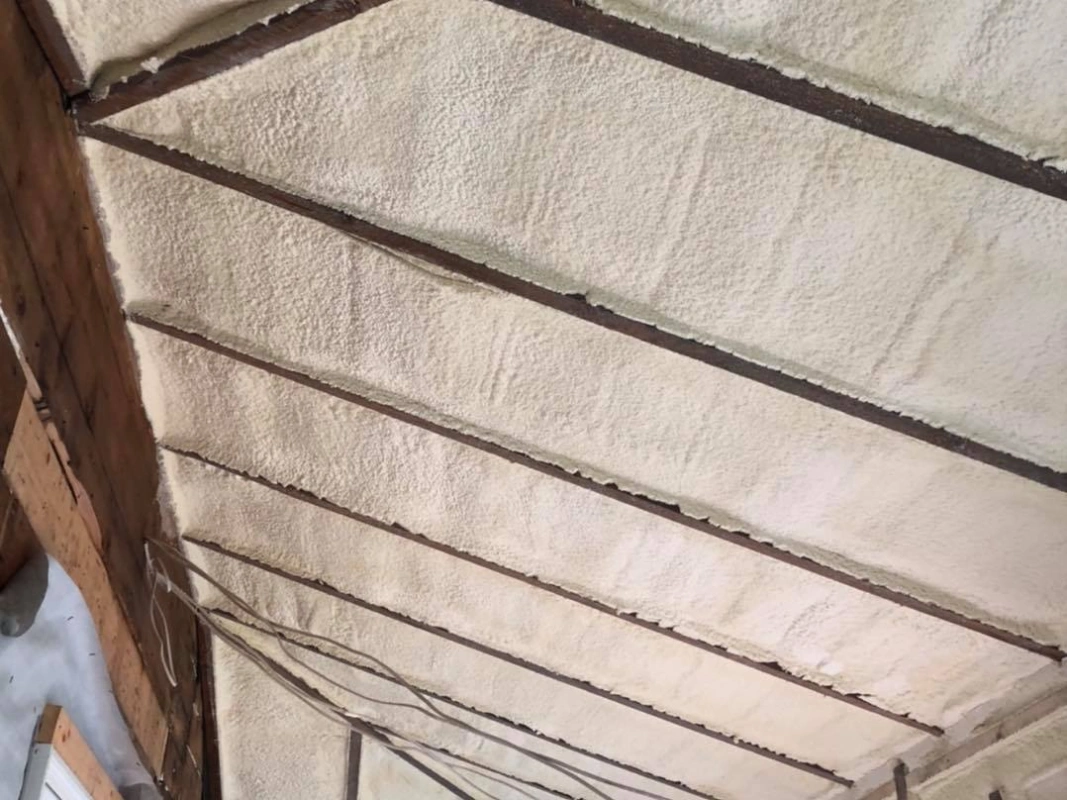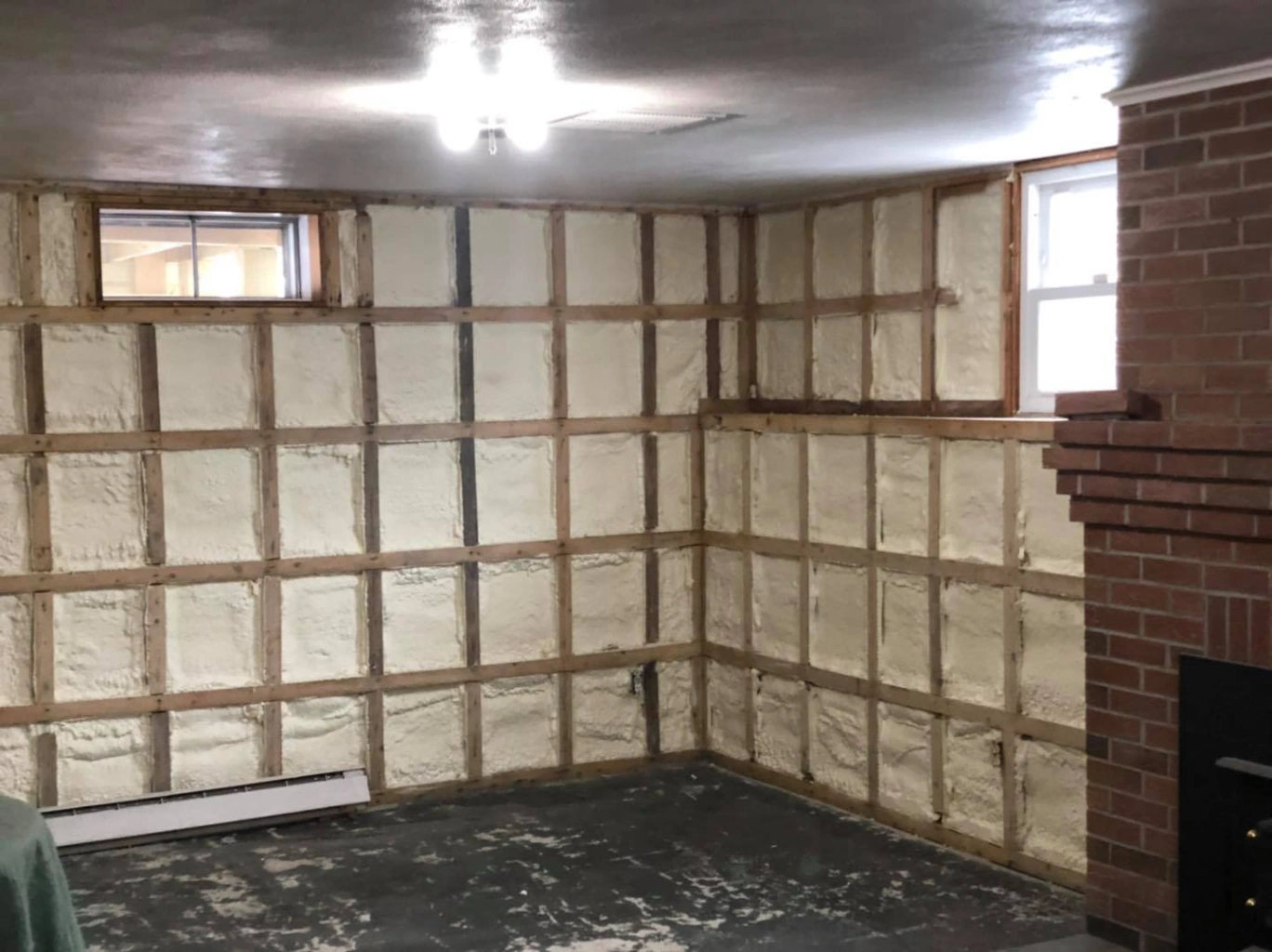

Spray foam insulation significantly reduces energy bills for Hartford County homeowners by sealing air leaks, minimizing heat transfer, and improving HVAC efficiency. Compared to traditional insulation materials, spray foam forms an airtight barrier, limiting temperature fluctuations and reducing energy loss through gaps in attics, walls, and basements.
Open-cell and closed-cell spray foam options each provide thermal resistance and air sealing, though with different density and moisture control capabilities. When installed correctly, spray foam insulation reduces reliance on heating and cooling systems throughout the year. This leads to long-term savings on utility costs and increased indoor comfort in both hot summers and cold Connecticut winters.
Lamothe Insulation & Contracting applies years of insulation installation experience across Hartford County climate conditions to ensure effective performance. The information here reflects that on-site expertise and material knowledge.
| Insulation Type | R-Value per Inch | Air Barrier | Moisture Resistance | Typical Application Areas |
|---|---|---|---|---|
| Open-Cell Spray Foam | R-3.6 – R-3.9 | Yes | Low | Interior walls, ceilings |
| Closed-Cell Spray Foam | R-6.0 – R-7.0 | Yes | High | Foundations, roofs, exteriors |
| Fiberglass Batts | R-2.9 – R-3.8 | No | Low | Attics, wall cavities |
| Blown-In Cellulose | R-3.2 – R-3.8 | Partial | Low | Attics, wall retrofits |
| Mineral Wool | R-3.0 – R-3.3 | No | Medium | Fire-rated assemblies |
| Feature | Open-Cell Foam | Closed-Cell Foam |
|---|---|---|
| Expansion Rate | 100x original volume | 30-50x original volume |
| Water Permeability | Permeable | Impermeable |
| Sound Dampening | High | Moderate |
| Vapor Barrier | No | Yes |
| Structural Reinforcement | No | Yes |
| Average Installed Thickness | 3-5 inches | 1-3 inches |
Hartford County experiences four-season weather with hot, humid summers and cold winters. Buildings in the area benefit from insulation materials that provide both high thermal resistance and air sealing. Closed-cell spray foam is particularly effective in unvented crawl spaces, rim joists, and exterior walls due to its high R-value and moisture resistance.
Bonus Tip: For homes built before 1980, sealing attic bypasses and wall cavities with spray foam significantly reduces winter heat loss and ice dam formation.

Bonus Tip: Combine spray foam with smart thermostats and proper HVAC sizing for higher returns on energy efficiency.
Closed-cell foam is ideal for unvented attics or where moisture is a concern. Open-cell is suitable for conditioned spaces.
Yes. Open-cell spray foam offers strong sound absorption, making it useful for interior partitions.
Yes. Proper installation avoids overheating and is compatible with most residential electrical systems.
It typically lasts over 30 years without degradation when correctly installed.
Lamothe Insulation & Contracting provides reliable spray foam installation services in Hartford County backed by regional experience and building science knowledge. For insulation consultations or project estimates:
Phone: (508) 847-0119
Email: [email protected]
Professional installation is recommended to ensure consistent coverage and safety.
After curing, spray foam is inert. Temporary ventilation may be needed during installation.
Yes. Energy-efficient upgrades, including insulation, can boost home value and resale appeal.
None under normal conditions. Inspect only if renovations or leaks occur nearby.
Infrared scans and blower door tests reveal heat loss and air leakage that insulation upgrades can fix.


